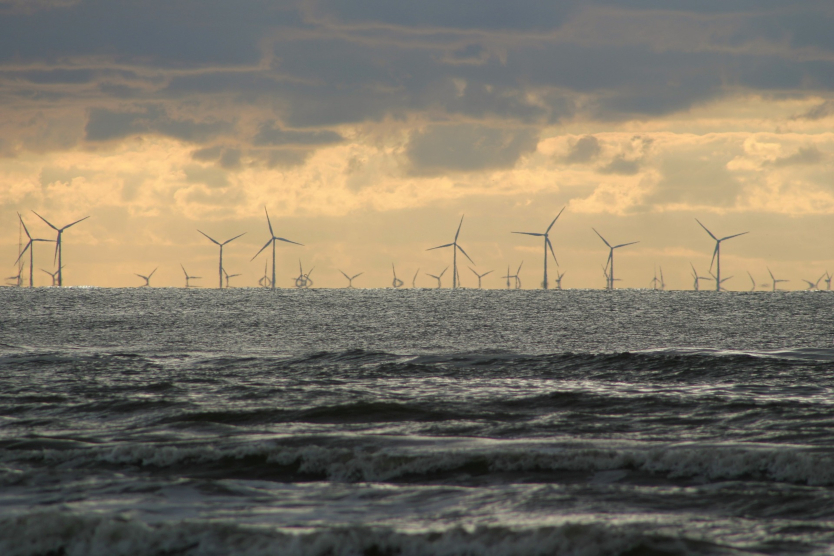
A catamaran-like floating structure might be a new offshore wind power solution.
© Pixabay
A joint pilot called ‘DemoSATH’ will test the effectiveness of a new offshore wind power solution: a catamaran-like floating structure upon which a wind turbine can be floated. The project brings together experts from the German renewable electricity supplier RWE Renewables GmbH and the Spanish engineering firm Saitec Offshore Technologies, as well as MooringSense, a European research and innovation project which aims to reduce the costs of operating floating offshore wind (FOW) applications by up to 15 percent.
The physics of building and floating a towering structure on this scale in deep water – let alone the business of operating and maintaining it – presents a considerable challenge, but one that the partners are equal to. The float – a semi-submersible platform which is concrete braced – will be able to orient itself around a fixed anchorage point according to the wind and wave direction. Construction will take 18 months, followed by an operating period of two years. During this time, data will be collected to help optimise the design and operations, in preparation for use in future wind parks.
Anja-Isabel Dotzenrath, CEO of RWE Renewables, explains in a press release: "With DemoSATH we are gaining experience with an innovative concrete-based platform technology that will help us to position ourselves in this growth market". RWE sees huge potential for floating wind farms, especially in countries with deeper coastal waters. Both partners hope ‘SATH’ platform will greatly reduce the cost of FOW technology.
The new platform, which will be monitored and controlled by a digital twin system, will greatly contribute to the MooringSense project. Supported by the EU’s Horizon 2020 programme, it aims to optimise mooring systems for FOWs. Its nine partners from Europe's major offshore wind industry and academia will share their expertise and help to implement the SATH initiative.


